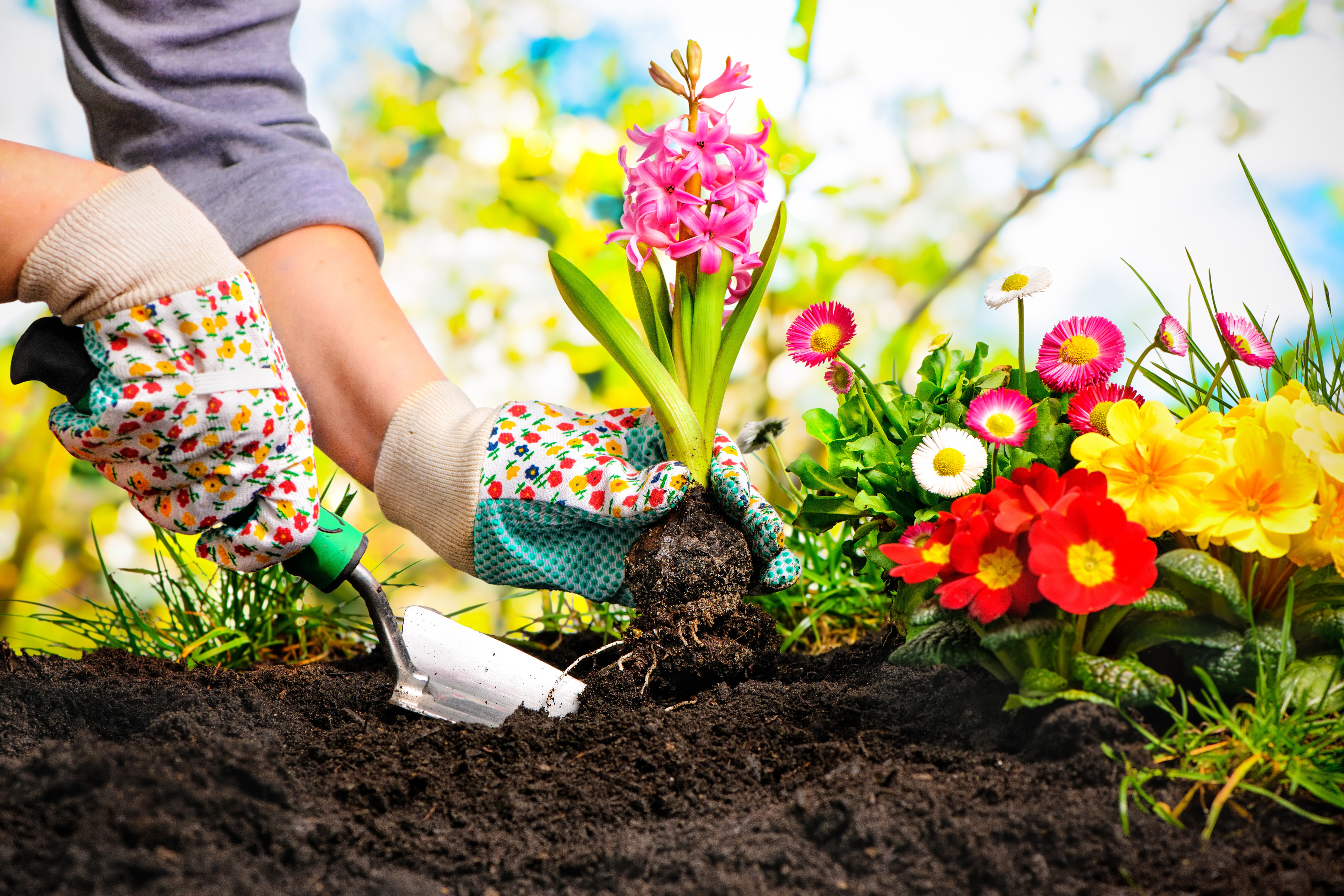
Spring is on its way and soon you’ll be caught up in a frenzy of seed sowing, growing, and nurturing your garden as it comes back to life. Spend this month organising your thoughts and get a head start on the new gardening year.
Here’s our useful guide for top tips on how to prepare you garden this Spring.
Clean up your act.
Over the Winter months, your garden has been exposed to all the elements and it’s probably a safe bet to assume it’s looking a bit sad and untidy. So, now is the perfect time to get everything shipshape again.
Why not begin your garden spring clean by clearing all of your beds and borders of any debris that may have accumulated over the winter months? Sweep and rake up any leaves and add them to your compost bin. Remove any weeds or scrappy vegies that have survived the Winter and don’t forget to trim your path edges with a spade or whipper snipper.
Get pruning.
It’s also a great time to cut away dead wood and trim back any leggy growth, allowing new shoots and buds all the space and light they need to get going for spring and summer.
You might also like to cut back the old dead growth of deciduous grasses and herbaceous perennials now – although, if you want to be really wildlife friendly, you could leave this last task for another month or so. And the same clean up method also applies for your trees and shrubs. To prep for spring, trim off any broken or dead branches, and prune and shape each one.
Give your soil some TLC.
Next up, make sure your soil is ready for any planting. Start by turning the soil over with a pitchfork and raking it out and clearing any weeds that may have grown. Follow this by digging in lots of well-rotted manure or compost and add a sprinkle of organic fertiliser, like chook poo pellets. Why not use your own compost if you have a compost bin—or, if you don’t, use store-bought compost or manure to add nutrients to the soil. And remember to add compost or manure a couple of weeks before planting something, so it has time to mix well with your soil and doesn’t burn the roots of your new plants.
Add some mulch!
Once your soil is well-nourished and moist, add a thick layer of mulch to conserve that moisture and save yourself time and money on the watering front, as well as keeping weeds to a minimum. But make sure you leave an un-mulched margin around the stems and trunks of each plant, to prevent rot.
Prep your garden tools.
Spring is also the ideal time to pull out those tools that have been sitting around all winter and make sure they’re are ready for the job. Why? Because maintaining your garden tools will help preserve them, saving you money in the long run and helping prevent the spread of disease.
For the best outcome, use a strong detergent, hot water and a scourer to give bladed tools a thorough clean and apply mineral spirits to wooden handles as this will help prevent the wood from splintering. Sharpening your tools will also improve their performance – they'll be easier to work with and will give cleaner pruning cuts. Once sharpened, apply some oil or WD40 to blades and hinges.
Exterminate, exterminate…Pests.
Invest some time hunting down and removing hibernating pests now – it will save you a lot of trouble across the warmer months. In particular, take a closer look at the crowns of your perennial plants and check for any slugs, snails and aphid colonies sheltering that have been sheltering over Winter.
Add some new plants.
Lastly, and most importantly, get planting!
With the weather warming up, Spring the perfect time for planting. So, take a trip to your local Bunnings or nearby garden centre and stock up on some of the wonderful new plants and seedlings on offer for a riot of summer colour and fresh herbs and vegetables.
Popular flower options include petunias, snapdragons, marigolds and the ever-versatile Geraniums. Or supercharge your vegetable patch and plant some rocket, peas, radishes, strawberries, spinach, lettuce and cucumber, and plant some basil, chives, mint, parsley and coriander to give your Spring and Summer dishes an extra zing.

